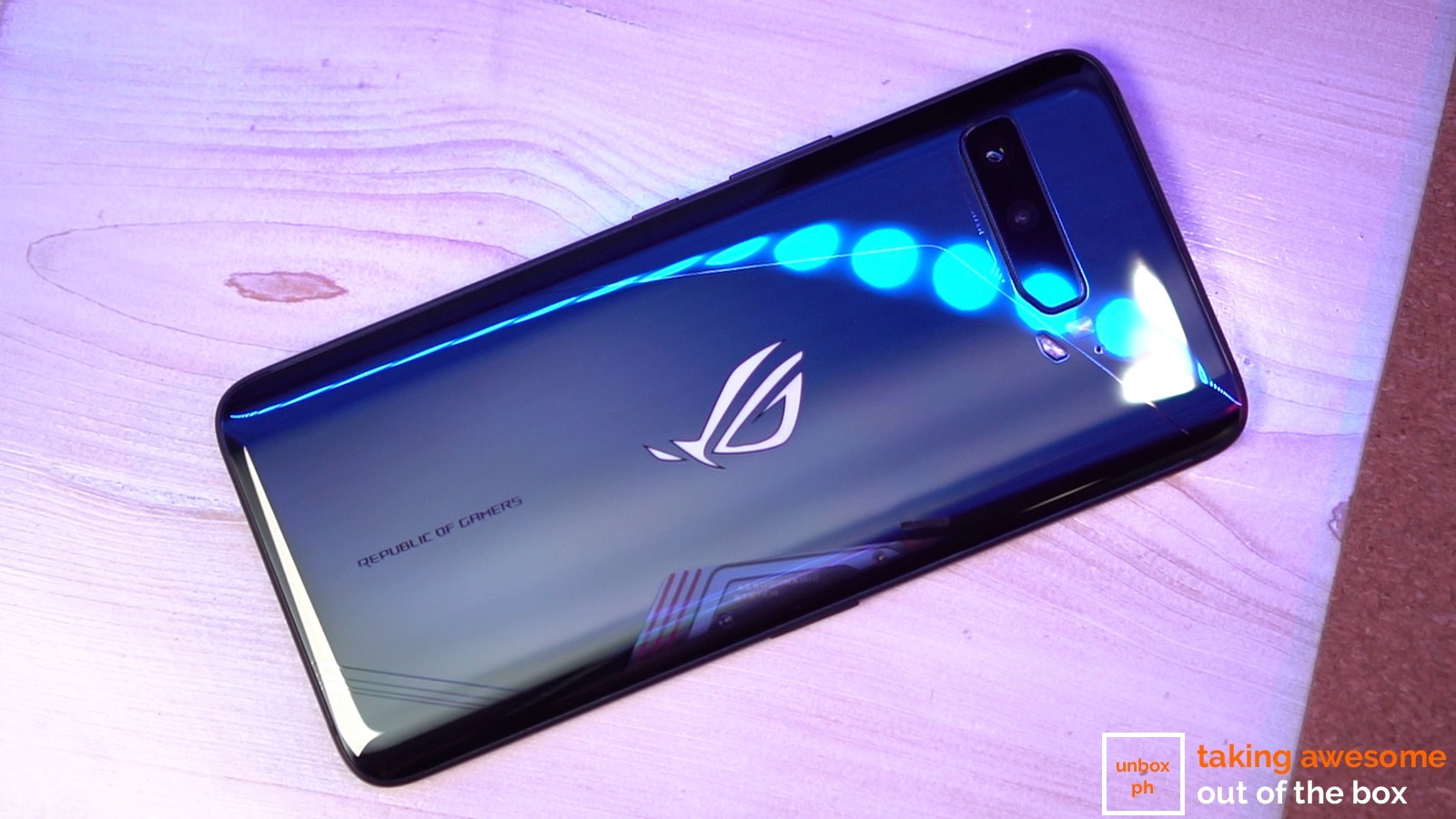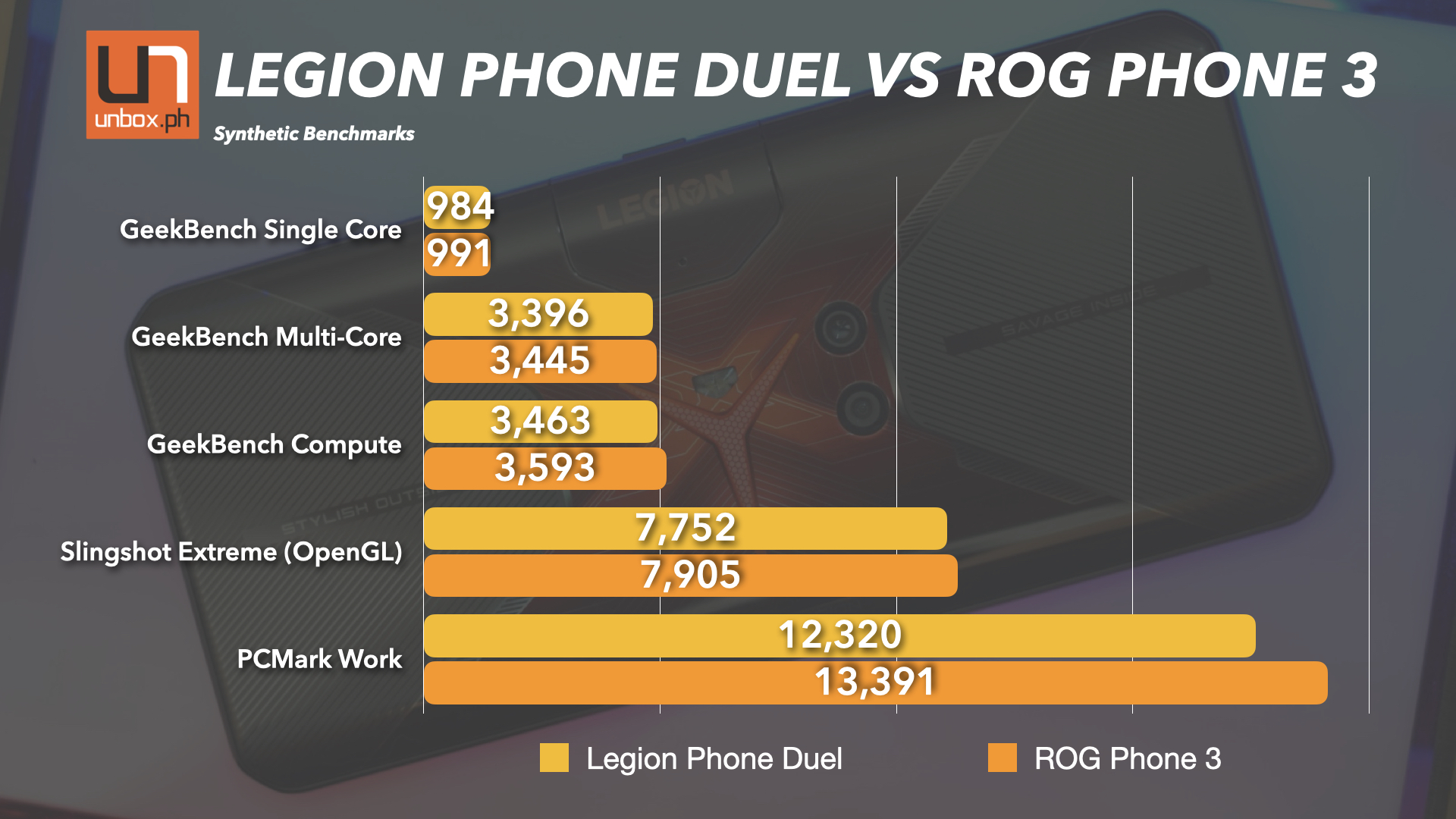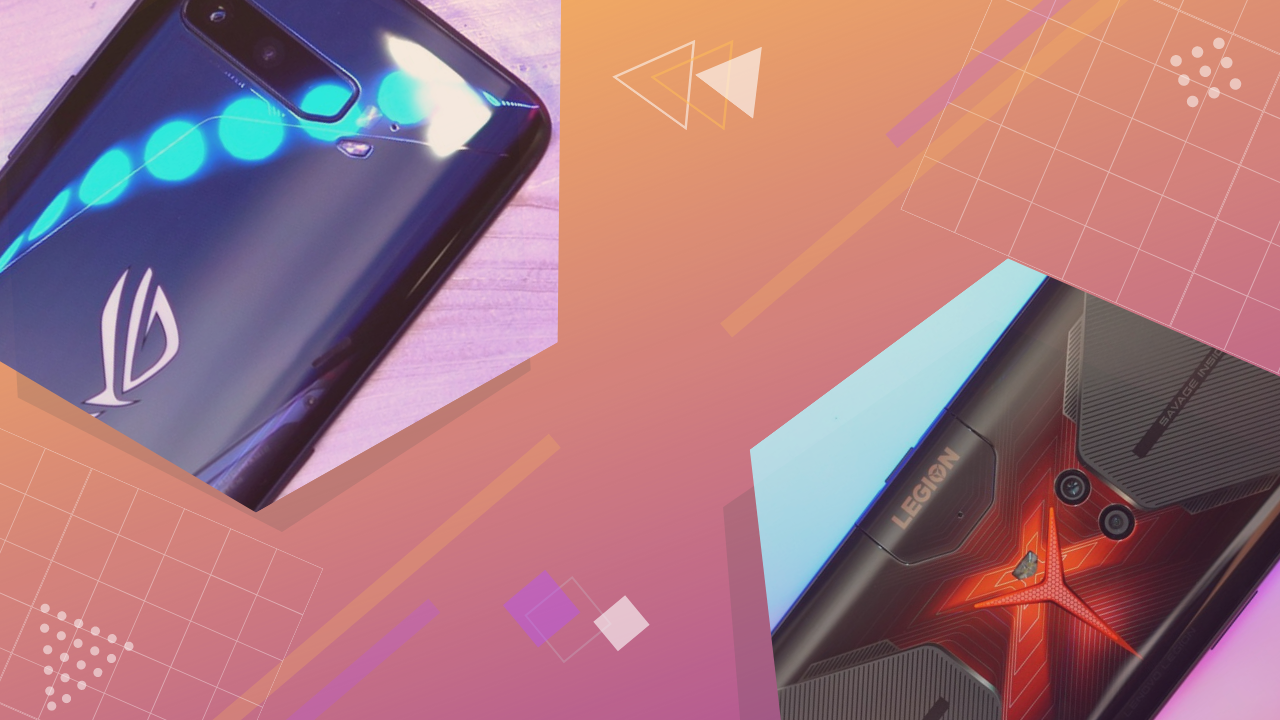 Verdict: Performance for both phones are relatively close as we expected, with the devices only showing minuscule differences in both synthetic and real-world benchmarks. The biggest difference for the two devices is price, accessory options as well as configuration options, and ultimately it’ll boil down to user preference: a cheaper option or a more mature system?
Verdict: Performance for both phones are relatively close as we expected, with the devices only showing minuscule differences in both synthetic and real-world benchmarks. The biggest difference for the two devices is price, accessory options as well as configuration options, and ultimately it’ll boil down to user preference: a cheaper option or a more mature system?
ASUS has a more robust and mature phone ecosystem here with a large number of accessories of varying usefulness. To be fair to Lenovo though, ASUS is on the third iteration of their product lineup while Lenovo is on their first, so we shouldn’t fault the company too much for the device’s shortcomings.
Lenovo has officially launched its long-awaited Phone Duel today in the Philippines. If you don’t know, the Legion Phone Duel is the company’s first gaming-centric phone ever, marketed to the same folk that ASUS’ is marketing their ROG Phone 3. It’s only natural to put both phones to the test in our performance labs to see how both stack up to each other. But first, let’s take a look at the design of both:
Design
Both phones use copious amounts of Gorilla Glass on the back and front panel as well as a metal frame for durability and rigidity, though design-wise they’re a little different from each other. Lenovo’s Phone Duel screams gamer from the first time you see and use it, which may or may not be your cup of tea depending on your tastes. ASUS’ ROG Phone 3 is more of the same, though it’s not as loud as the design from their competitor.
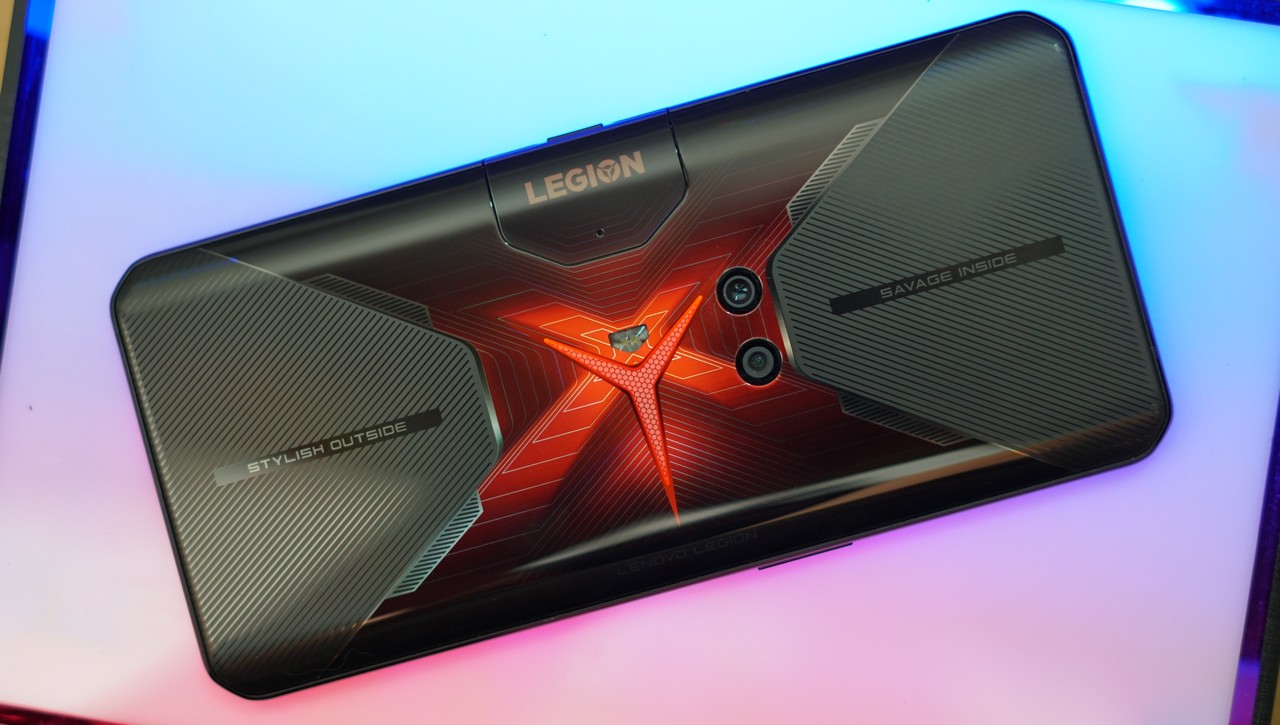
The only big design difference is the side-mounted selfie camera and the positioning of the rear cameras for the Lenovo Phone Duel.
Both phones don’t have a 3.5mm jack, have front-facing speakers, and customizable lights on the rear, and both have an extra USB Type-C port on the side to facilitate charging while gaming without the cord getting in the way.
You do get a USB Type-C to 3.5mm jack in the package with the Phone Duel, while ASUS gives you that jack back when you connect their AeroActive Cooler.

Display
Both gaming phones have similar AMOLED panels sporting the same kind of tech: the Lenovo Phone Duel has a 6.65-inch 2340 x 1080 resolution AMOLED panel with a 144Hz refresh rate and a 240Hz touch polling rate, as well as HDR10 capabilities and a fingerprint scanner positioned underneath it. The display is protected by Gorilla Glass 6.
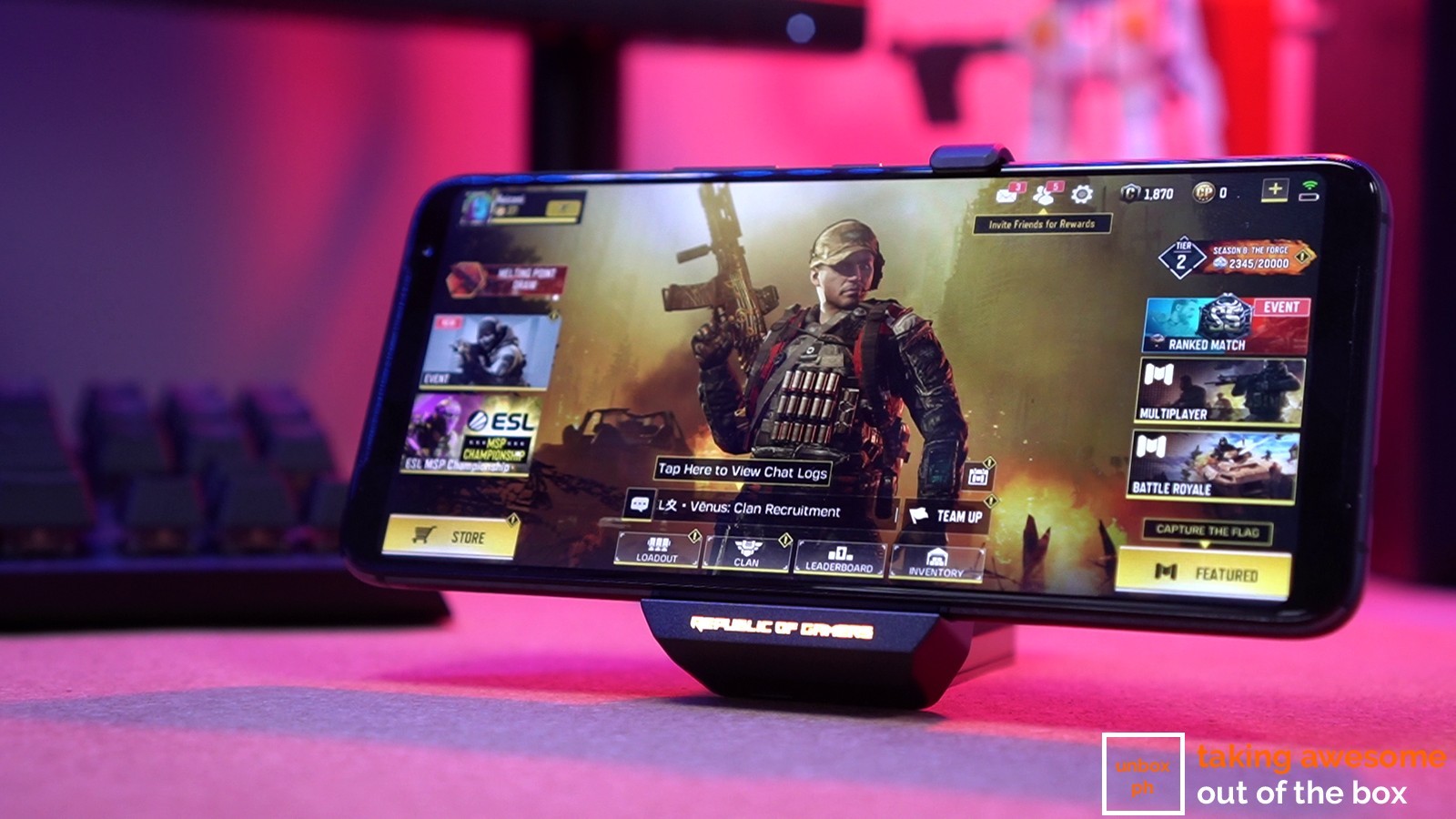
The ROG Phone 3 has a nearly identical spec list for its display: 6.59-inch AMOLED panel with a 2340x 1080 resolution, 144Hz refresh rate, 240Hz touch polling rate, as well as HDR10 compatibility, and a fingerprint scanner beneath it. The display is protected by Gorilla Glass 6.
The only thing that the Lenovo Phone Duel has over the ASUS ROG Phone 3 on the display section is that there’s no punch-hole cutout on their panel since the selfie camera has been relocated on the side.
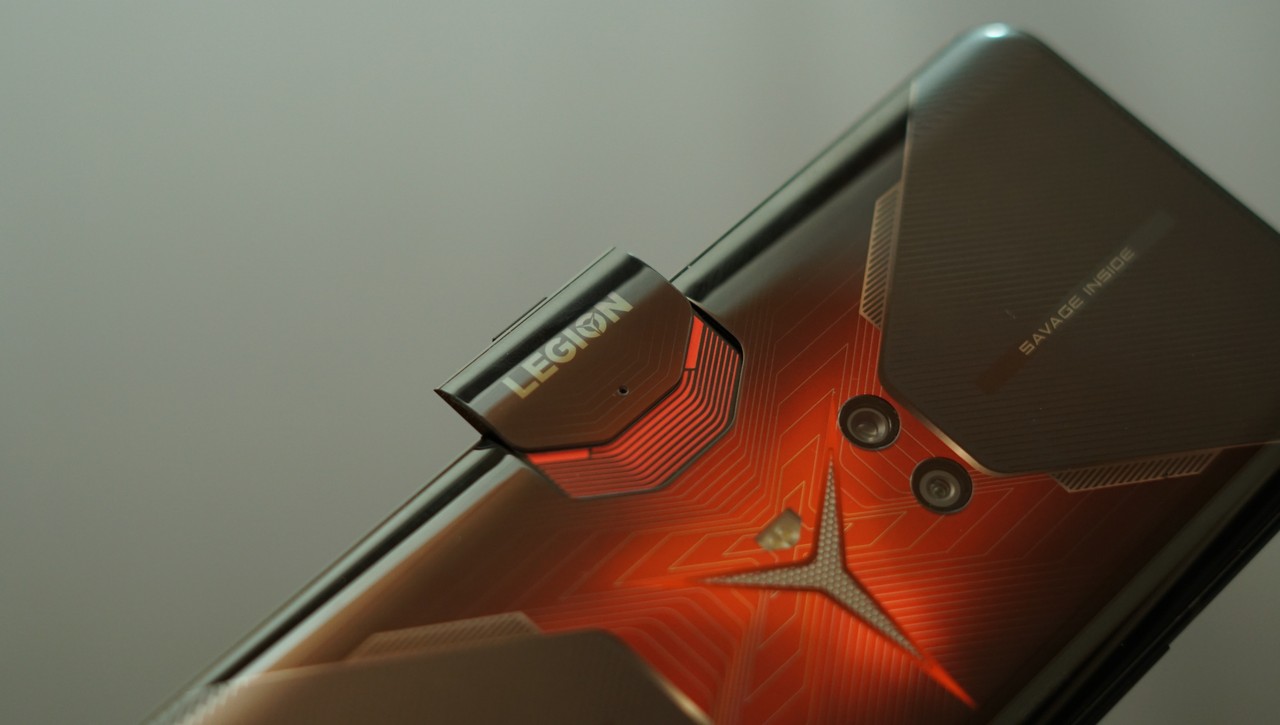
Features
Both phones have unique things to offer to buyers with varying degrees of usefulness depending on your use case. First ASUS: the biggest draw here is the staggering amount of accessory options that range from useful to useless, though there are legitimate use cases for some of these, as you’ll see later when we talk about performance.
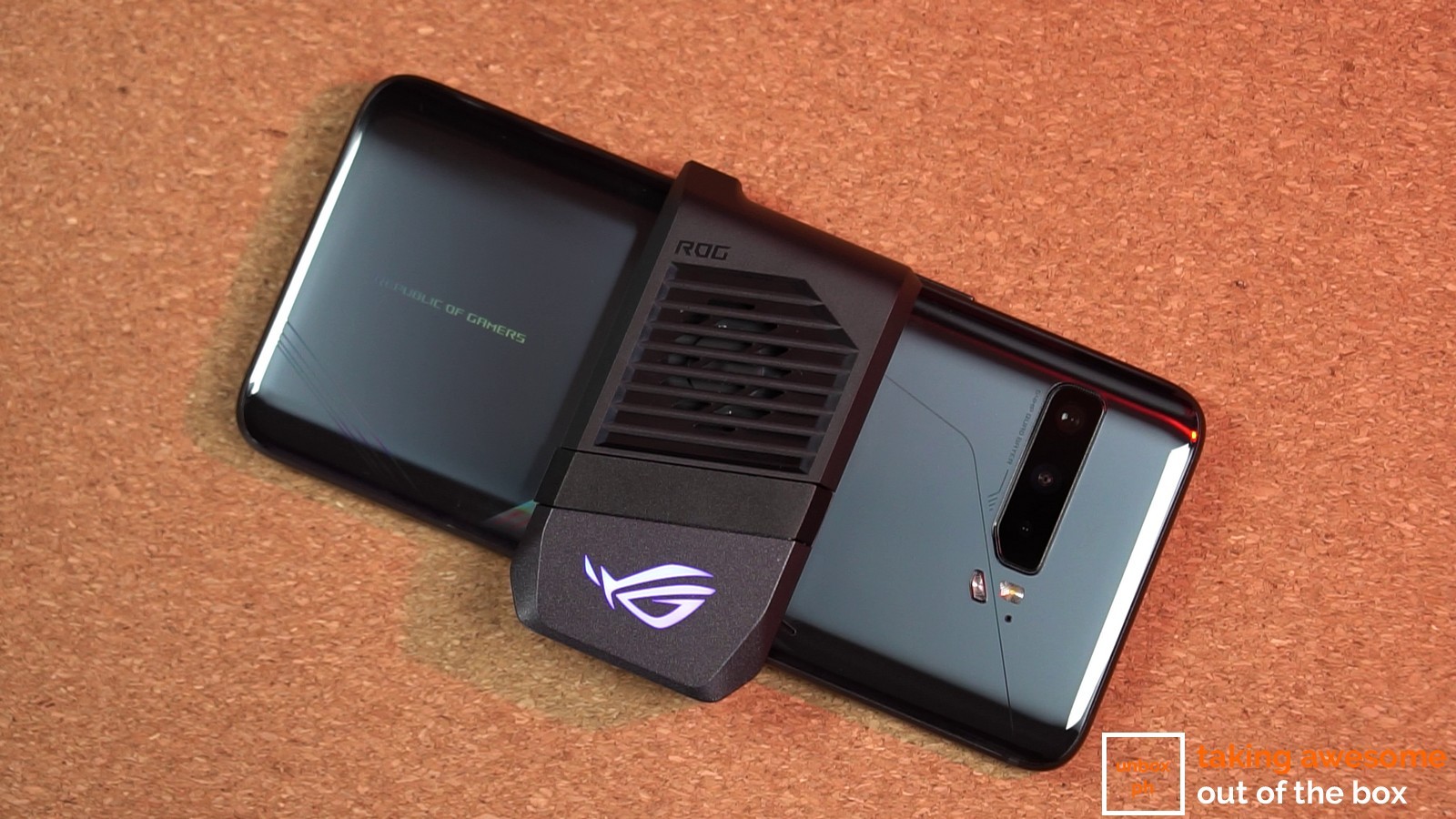
As for the rest of the accessories for the ROG Phone 3: they range from slightly useful to don’t even bother. Accessories like the Kunai Gamepad as well as the ROG Clip are great buys since they allow you to use gamepads easily with your device, but those are the only things I recommend personally.
For the Lenovo Phone Duel, it’s their focus on the landscape UI as well as the side-mounted selfie camera for streaming. While it’s true that the side-mounted selfie camera makes it way easier to stream your games, it makes taking regular selfies incredibly difficult.
Interestingly enough, both devices have their version of virtual shoulder buttons that you can turn on, essentially giving you an added advantage when you’re gaming.
Performance
Qualcomm’s Snapdragon 865+ processor powers both the Lenovo Phone Duel and the ROG Phone 3, which makes sense as this is the most powerful processor currently available in the market today. RAM and storage options vary depending on what version you get, but for the benchmark tests below, we’re putting the top-tier offerings of both brands against each other: 16GB/512GB for both the ROG Phone 3 and the Lenovo Phone Duel.
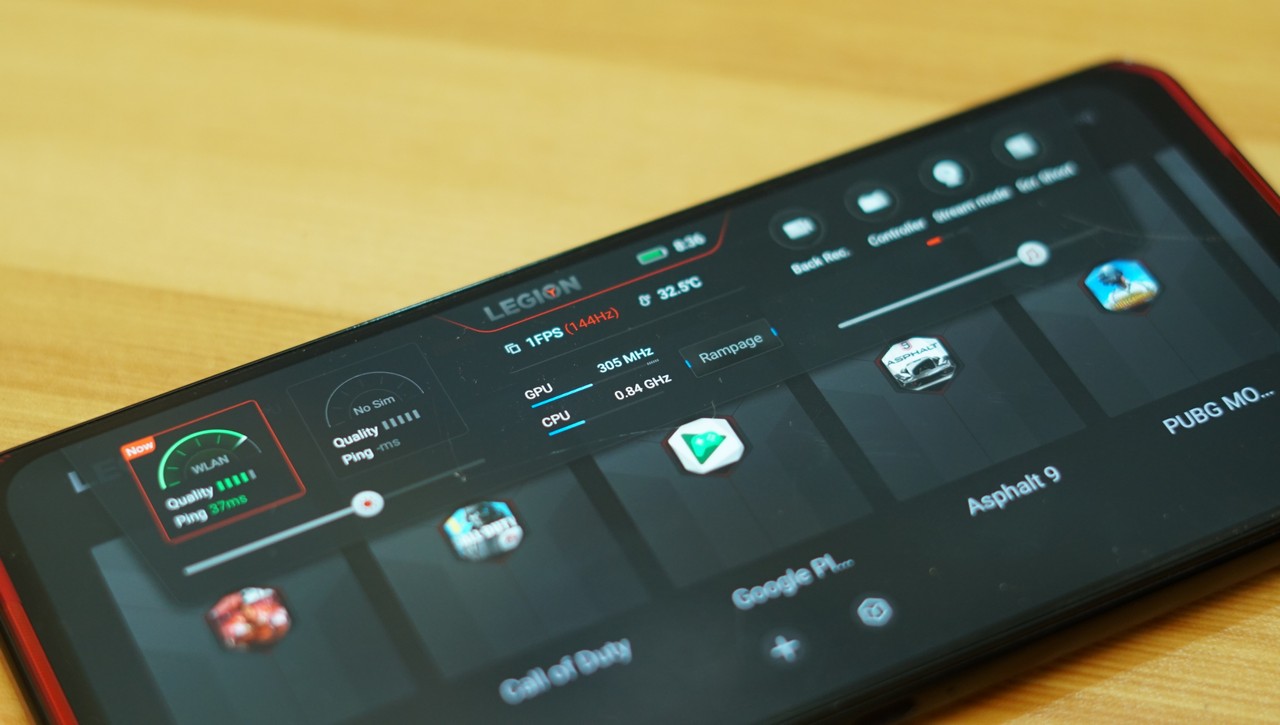
Before we dive into the benchmarks, let’s talk methodology as well as some “overclocking” features on both phones. Both the Lenovo Phone Duel and the ROG Phone 3 have some sort of performance customization built into them for the Snapdragon 865+ processor. For the Phone Duel, it’s Rampage mode, and for ASUS ROG Phone 3 it’s X-Mode.
These aren’t overclocked in the usual sense of the word as it relates to PC gaming for example, since you’re not really pushing more current in the processors. Instead, you’re simply raising thermal limits – i.e. raising the upper-temperature threshold for the SoC before it starts throttling performance. This will become important when we step into gaming performance, but it’s less relevant in terms of synthetic benchmarks (at least the ones listed below) since there isn’t enough sustained load on the SoC for thermal throttling to occur, at least compared to the gaming numbers that’ll be posted.
Let’s take a look at the synthetic benchmarks first:
As far as synthetic benchmarks go both phones are incredibly close to each other points-wise, which is expected since both phones have essentially the same hardware under the hood.
Of course, gamers didn’t buy the phone to see benchmark numbers – they bought the phone to play games. So that’s what we did – we tested out Genshin Impact, PUBG Mobile, Asphalt 9, NBA 2K20 as well as Call of Duty Mobile on both devices, using Gamebench, an in-game monitoring and testing suite that allows us to see FPS numbers and more importantly, FPS stability in games over a long period.
Whenever you’re playing games, FPS stability is what you want to see here, not how high your achieved FPS is. A higher stability score means less felt lag or stuttering in games.
It’s good news for Lenovo here: the Phone Duel manages to get much more consistent numbers VS the ROG Phone 3, simply because their Rampage mode doesn’t let temperatures go above 43 degrees. The ROG Phone 3 has a higher thermal limit, though this results in higher overall thermals with the system reporting heat as high as 50 degrees, which ultimately hurts FPS medians and stability numbers. This is more apparent in titles like NBA 2K20.

To be fair to ASUS though, they do recommend using the AeroActive Cooler that they throw in the package when you’re gaming and when you’re on X-Mode, which should address some of the heat generated. With the cooler attached, stability improves for the title that had the worst thermal throttling. Our testing tools ran into an issue when re-validating data with the cooler on, but from what we could recover it looked like the AeroActive Cooler really helped in increasing frames and stability, at least for NBA 2K20. We’ll be updating this article once we revalidate the data.
ASUS’ software also allows you more granular control when it comes to really tweak the thermals and other properties making it a phone that you’d want to get if you’re the sort of person that likes tinkering.
At a glance, it looks like Lenovo’s split dual-battery system does work, but you’re sacrificing 1000mAh of juice for those better stability numbers. Speaking as someone who has gamed on both devices though, you really can’t feel the performance difference – both phones felt incredibly smooth and fluid when gaming.
Speaking of battery, that extra 1000mAh of the battery comes in handy, as the Lenovo Phone Duel was only able to squeeze around 11 hours and 13 minutes on 144Hz on our standard battery drain test, VS the ROG Phone 3’s 13 hours and 30-minute score. The Phone Duel does win in terms of battery charging speed, as the phone’s charger is able to achieve 65W charging but ONLY when both USB Type-C cables are attached to the bottom and side of the phone. The ROG Phone 3 is only able to achieve 30W charging speeds.
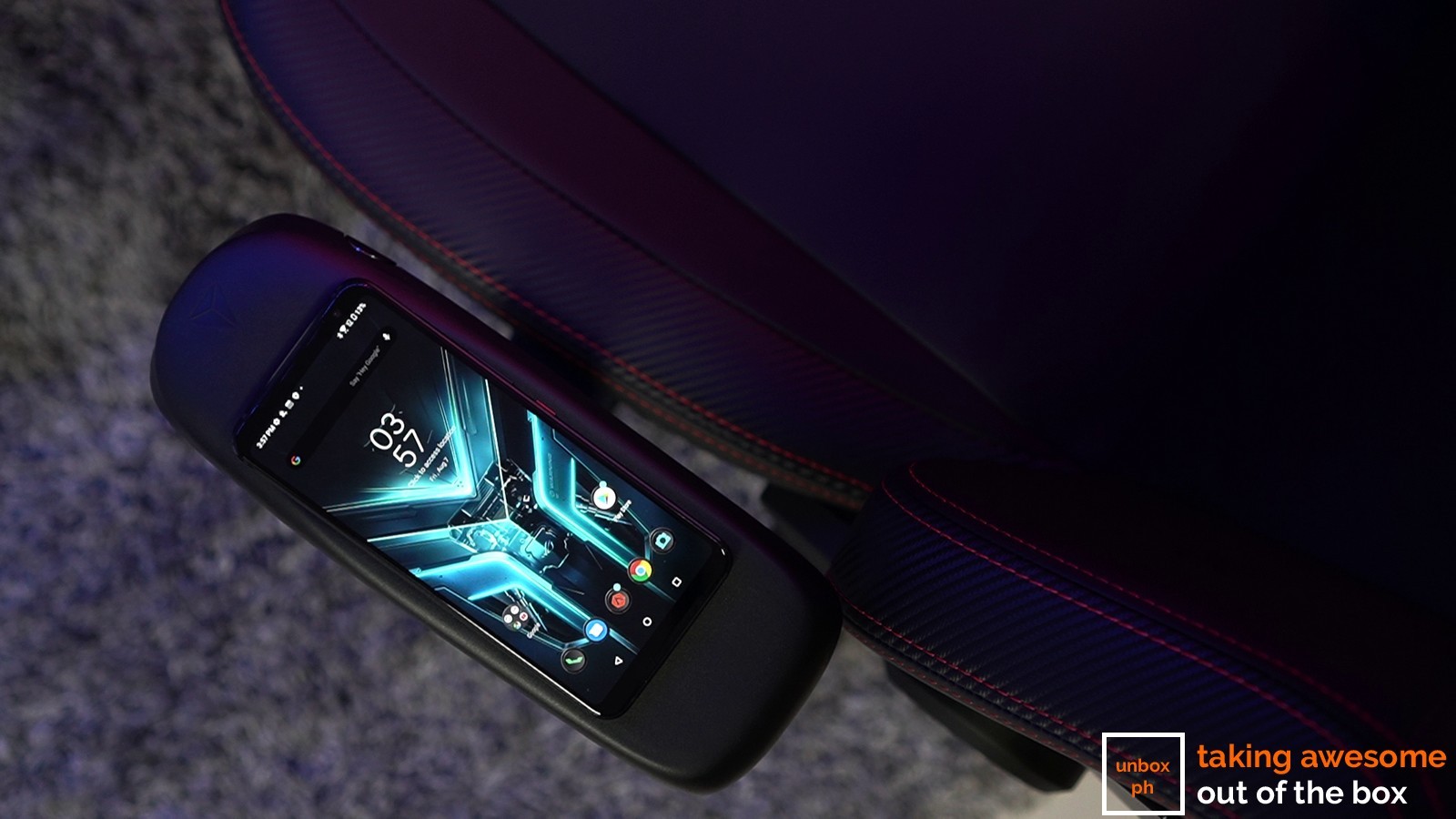
Wrap-up and conclusions
Lenovo’s Phone Duel and ASUS ROG Phone 3 has comparable hardware but like anything, the devil is in the details.
The Phone Duel’s relatively tamer “overclock” makes the phone more stable, but has lower FPS than the ROG Phone 3 in some games, at least with the cooler on.
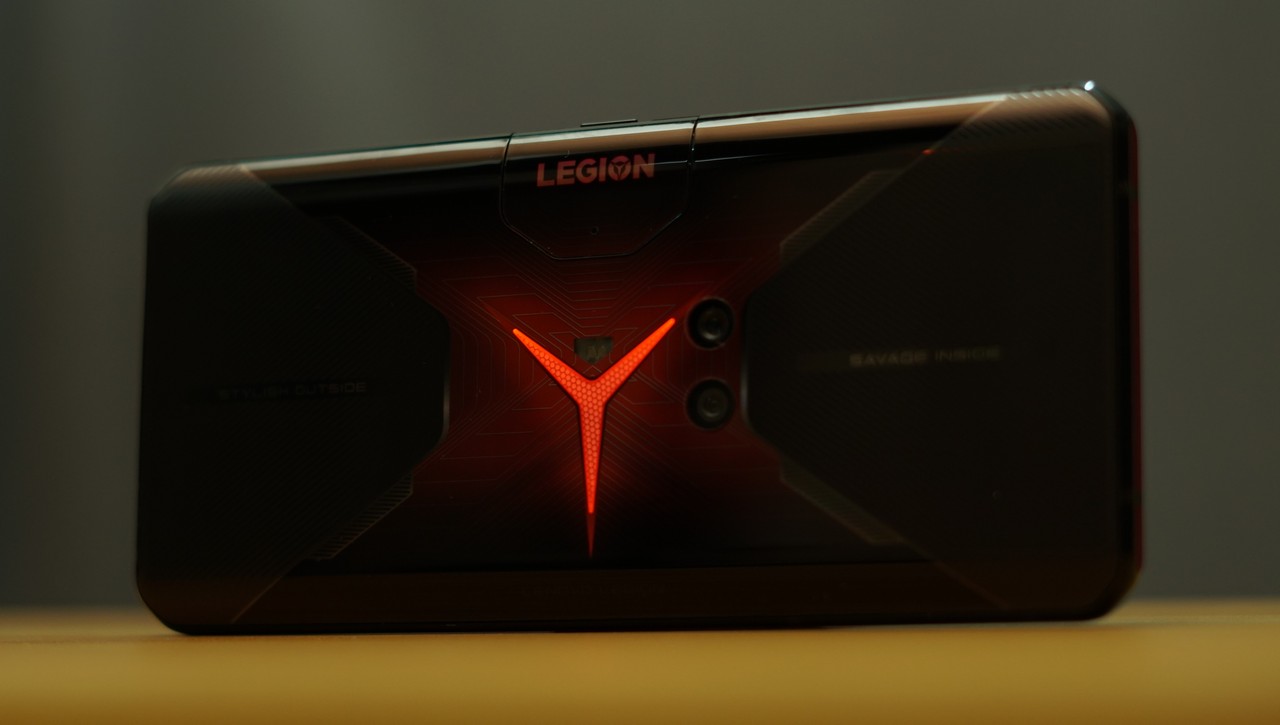
The ROG Phone 3 meanwhile is able to hit higher FPS numbers, though not without help with its AeroActive cooler because of thermal throttling.
While Lenovo does give games options for customization as well as access to a better built-in live-streaming camera, the ROG Phone 3 has deeper customization and more hardcore “OC” potential overall.
For most people, it’ll boil down to price – the ROG Phone 3 is the pricier option, with the top-tier unit coming in at Php 54,995 for the 16GB/512GB variant, while the 12GB/512GB variant sits at Php 49,995.
Lenovo’s Phone Duel meanwhile is priced at Php 49,995 for the top tier 16GB/512GB variant. There’s an even cheaper version of the phone that’s essentially 12GB/256GB and is priced at just Php 39,995.


